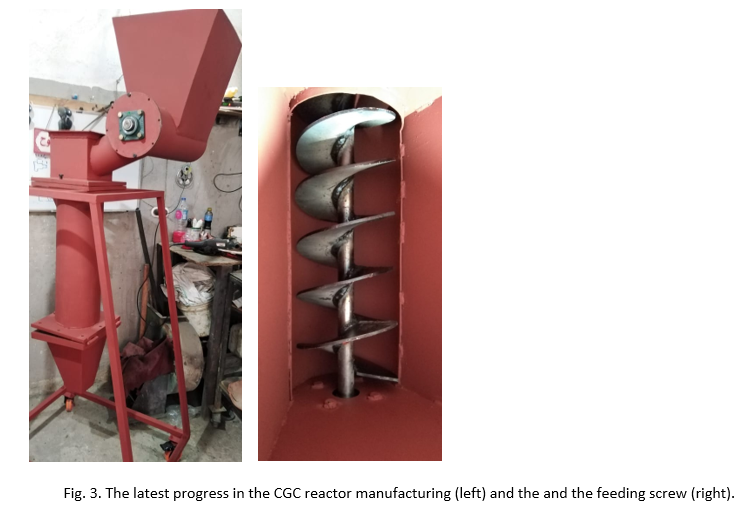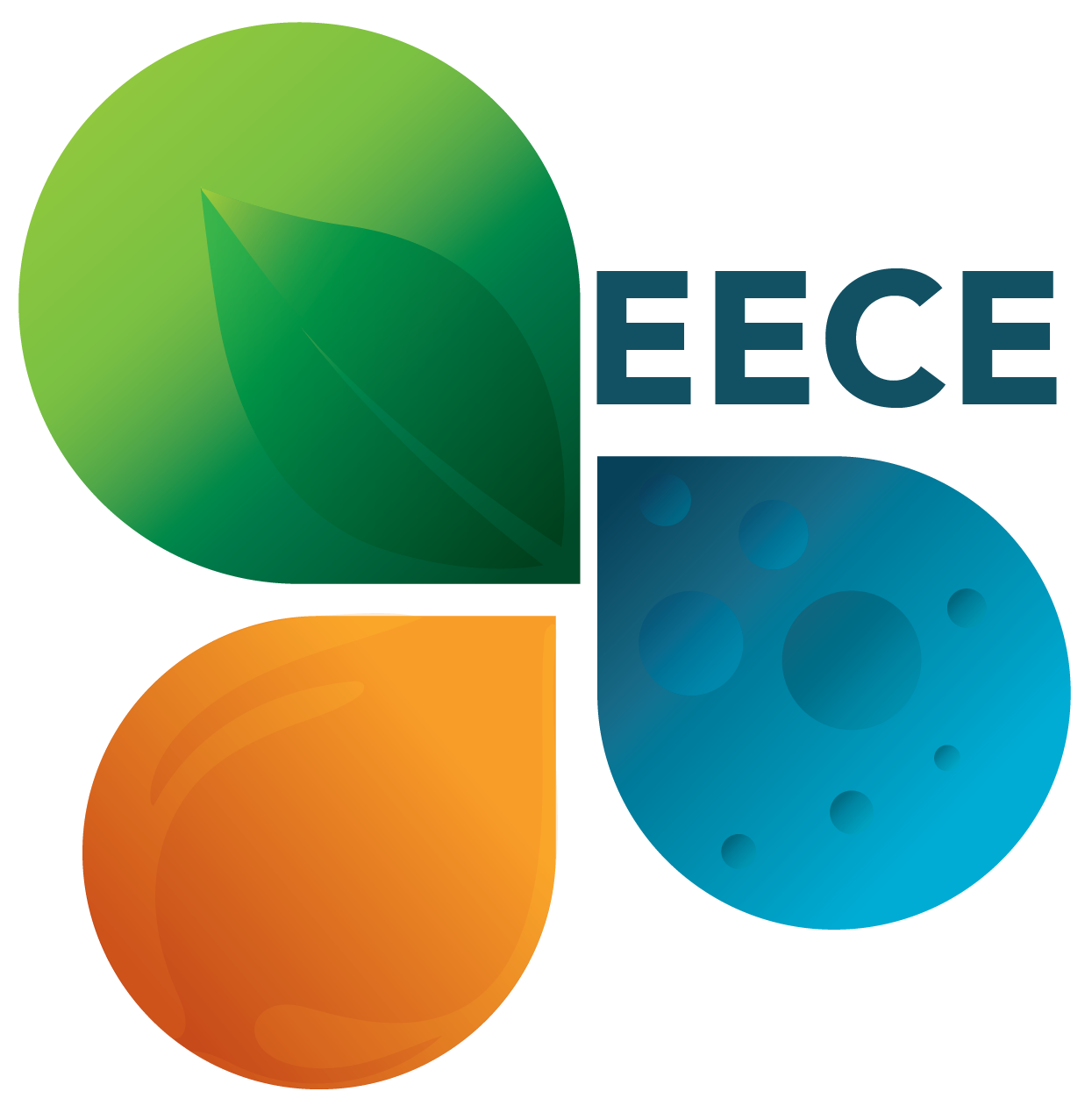


A Novel Combined Gasifier/Carbonization Reactor for Production of Biogas and Biochar
Starting date: September, 2019.
End date: September, 2020.
PI: Dr. Ahmed Elwardany
Funded by: STDF
Summary:
Egypt produces several million tons of biomass wastes annually. This include agriculture wastes and industrial wastes from food processing companies. These wastes are disposed of in improper ways including rogue burning in open air that causes environmental problems as “black cloud”. Many methods could be followed to convert wastes to energy resources. This include thermochemical and biochemical processes. Thermochemical processes are preferred over biochemical ones as there is no need to use chemicals during the conversion process. Among different thermochemical processes gasification and pyrolysis (carbonization) are of interest in the current research proposal. Gasification is usually carried out by partial burning of waste in lean environment (temperature may reach 1000 °C) while carbonization is heating waste in the absence of oxygen to remove volatiles and increase carbon content (temperatures > 200 °C). Both processes are using part of the waste to be accomplished, either by incomplete combustion or for heating for both gasification and carbonization, respectively. The focus of the project is to minimize the part of waste that is used for heating biomass waste or other wastes in carbonization. This will occur by combining both gasifier and carbonization reactors in a single unit to utilize the heat in the product biogas to heating up the wastes in the carbonization reactors.
Three different designs are proposed for the novel combined gasification/carbonization (CGC) reactor. They will be tested numerically using ANSYS Fluent CFD code to ensure homogeneity of temperature profiles inside the carbonization part of the CGC reactor. The air flow rates to gasifier and inert gas (nitrogen) to carbonization reactor will be optimized. The optimum design will be fabricated and equipped with mass flow meters (air and nitrogen) and thermocouples in different places of the CGC reactor to monitor operating parameters. The produced biochar will be weighed, and its calorific value will be measured. The biogas composition will be analyzed using GC-MS.
Along with biomass, other source of wastes that is existed in large amounts in Egypt and elsewhere in the world is the vehicle’s used tires. The new reactor will be tested with tires and artichoke biomass wastes. The importance of the artichoke wastes comes from its availability in large quantities (3-5 tons/day from single food processing company). The optimum operating condition will be also determined experimentally based on highest energy yield of both biochar and biogas.
An optimized test rig for the novel CGC reactor will be existed and results will be published in international results or a patent will be filed. The new CGC reactor provides a new investment opportunity for small scale projects that fits with youth needs and large-scale industries to get benefit from their companies wastes with higher energy yields than that of conventional methods.
Objectives and Impact:
The objectives of the project could be summarized as:
- To numerically design the CGC reactor to ensure optimum heating of biomass inside the carbonization reactor.
- To fabricate the optimum numerical design of CGC reactor and install temperature and flow meter sensors.
- To optimize the CGC reactor based on the contents of energy density of biochar and composition of biogas.
This project will provide an optimization tool for biochar productions and the ability to further upgrade the produced biochar to an extra-high carbon content material which can be incorporated in semiconductors and electronics industries.
SDGs that the project achieve:
Goal 7: Affordable and clean energy
Goal 8: Decent work and economic growth

